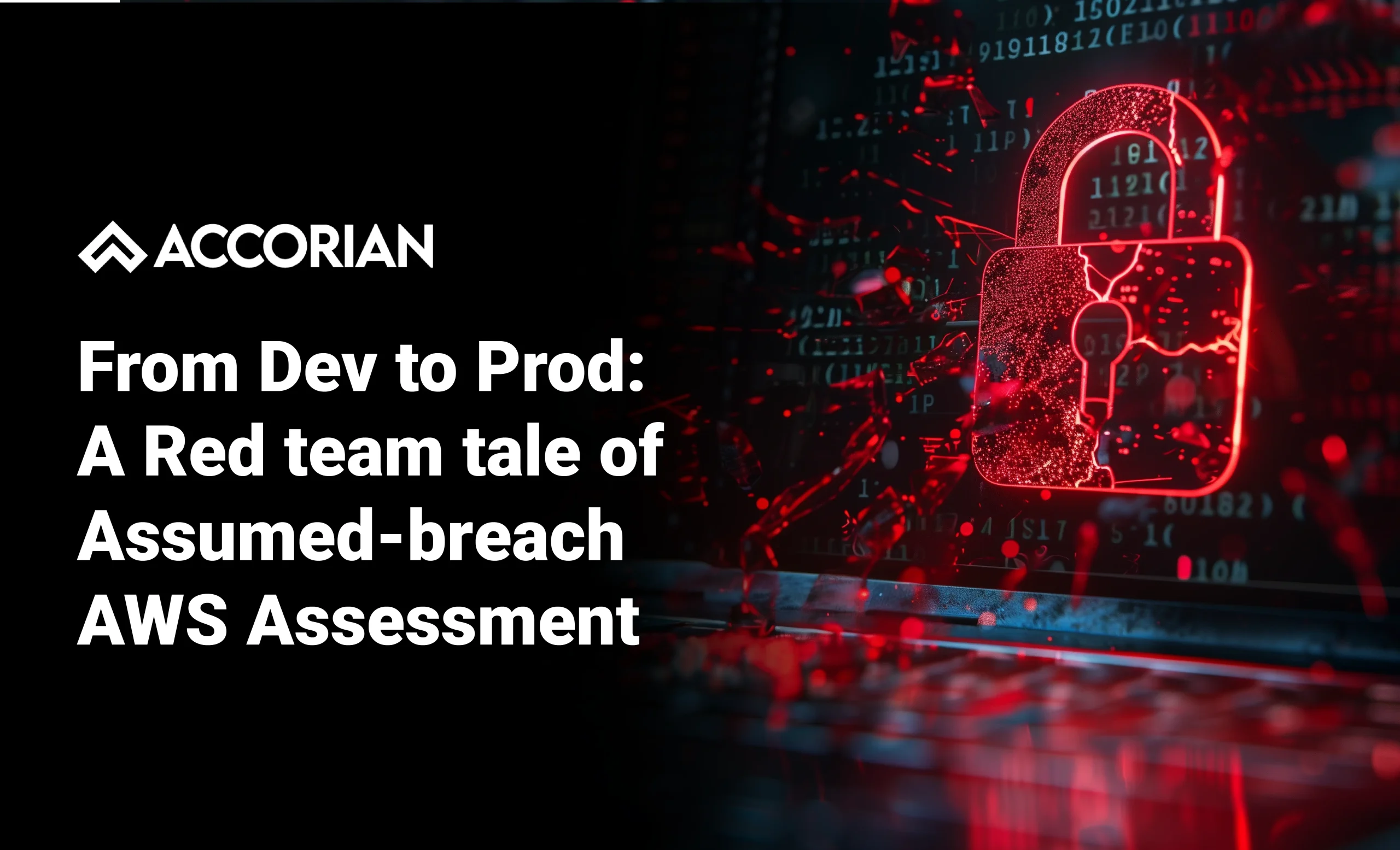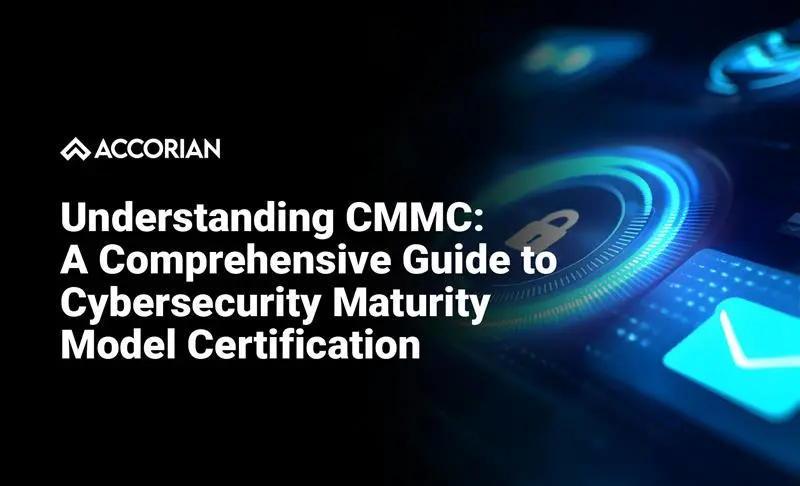Cyber incidents have been globally ranked as one of the most important business risks in 2025. 38% of organizations worldwide identified cyber incidents as their top concern, surpassing other threats like business interruption and natural disasters.
This has also raised cyber threat concerns for small and medium-sized enterprises (SMBs), which have limited resources and lack readiness to tackle sophisticated cyber-attacks. This marks the fourth consecutive year that cyber risks have topped the Allianz Risk Barometer, reflecting the escalating threat landscape fueled by rapid technological advancements and increasing digital interconnectivity.
The Escalating Threat Landscape
Cybercriminals are exploiting advanced technology, essentially artificial intelligence (AI), to conduct advanced attacks. AI-powered phishing campaigns, deepfake frauds, and adaptive malware have significantly increased, making it vital for businesses to adopt proactive cybersecurity measures.
Small and Medium-Sized Businesses at Risk
Contrary to common perceptions, small and medium-sized businesses are also at risk of cyber-attacks. According to Accenture’s Cybercrime study, 43% of cyber-attacks target small businesses, yet only 14% of them feel confident in their ability to defend against cyber-attacks. Limited resources and a lack of expertise in cybersecurity make SMBs vulnerable to cyber-attacks.
AI-Powered Cyberattacks
Cyber attackers are increasingly using artificial intelligence to amplify multiple phases of cybercrime and their complexities. These include AI-powered phishing campaigns, deepfake impersonations, and adaptive malware that can evade conventional security systems.
Ransomware-as-a-Service (RaaS)
Commoditization of ransomware has reduced the entry barrier for cybercriminals, and thus, the attacks have surged. These RaaS models make it possible even for non-technical users to carry out disastrous attacks, targeting technical users to conduct detrimental attacks, and targeting SMBs because they are perceived to be vulnerable.
Supply Chain Vulnerabilities
Attackers are targeting vulnerabilities in supply chains, aiming third-party vendors to infiltrate larger organizations. This tactic highlights the need for robust third-party risk management practices.
Regulatory Landscape and Compliance
Regulations are being strengthened by governments and industry organizations to enforce tighter cybersecurity controls, stricter security measures, timely reporting of incidents, and robust data protection practices. SOC 2, ISO 27001, NIST CSF, and GDPR are becoming critical frameworks for organizations to prove that they are dedicated to cybersecurity as well as regulatory compliance.
Strategic Recommendations for SMBs
- Adopt AI-Driven Defense Mechanisms – Utilize AI-powered tools for real-time threat detection and response, enabling proactive defense against sophisticated cyber threats.
- Implement Zero Trust Architecture – Adopt a Zero Trust security model that requires continuous verification of all users and devices, minimizing the risk of unauthorized access.
- Enhance Employee Training – Regularly train employees in cybersecurity best practices, including recognizing phishing attempts and proper data handling procedures.
- Strengthen Multi-Factor Authentication (MFA) – Implement phishing-resistant MFA solutions, such as FIDO2 keys, to add an extra layer of security to user authentication processes.
- Develop Incident Response Plans – Establish and regularly update incident response plans to ensure swift and effective action in the event of a cyber incident.
- Regularly Assess and Monitor Third-Party Risks – Conduct continuous assessments of third-party vendors to identify and mitigate potential security risks within the supply chain.
- Building Cyber Resilience – Cybersecurity is no longer a luxury but a necessity for business continuity and growth. By adopting a proactive and comprehensive approach to cybersecurity, SMBs can not only protect themselves against evolving threats but also build trust with clients and stakeholders.
- Regulatory Compliance and Frameworks – With increasing emphasis on data protection, adherence to cybersecurity frameworks such as ISO 27001, SOC 2, and NIST CSF is becoming essential. These frameworks help organizations establish robust security controls and demonstrate compliance with regulatory requirements.
Is Your Business Prepared?
This is a make-or-break deal for organizations worldwide in terms of being cyber-secure. Organizations must evaluate their cybersecurity stance and take proper and proactive measures to protect their operations in an ever-evolving cyber threat landscape. Seeking the advice of cybersecurity professionals and investing in solid security frameworks can now underpin resilience and reduce exposure.



